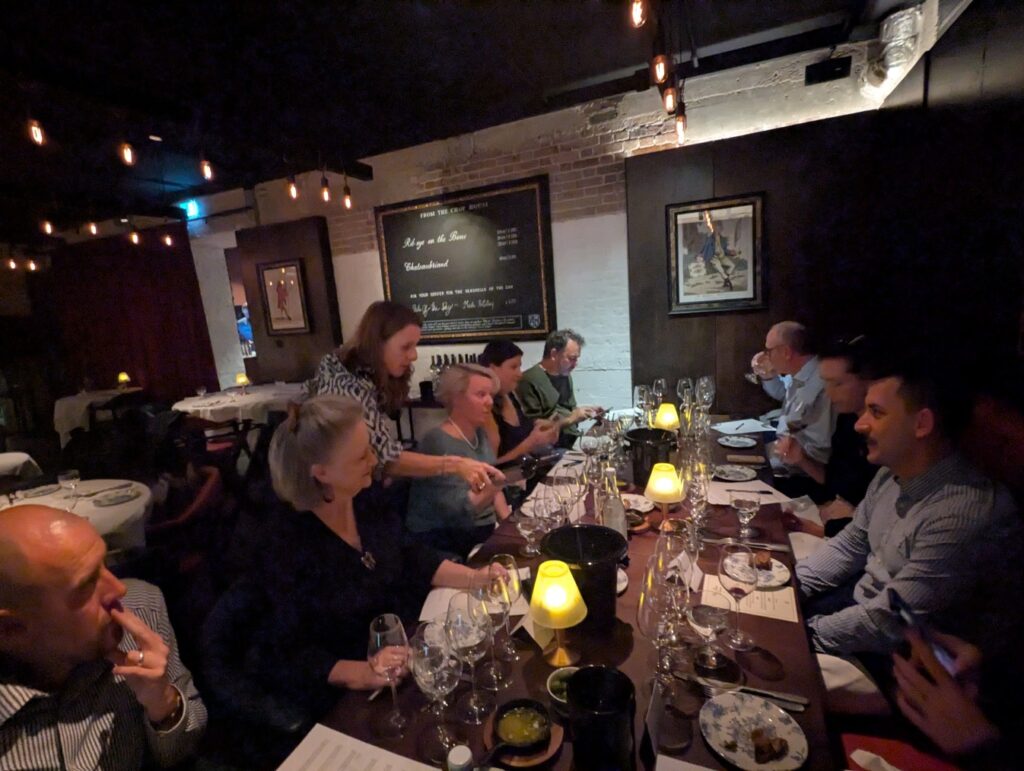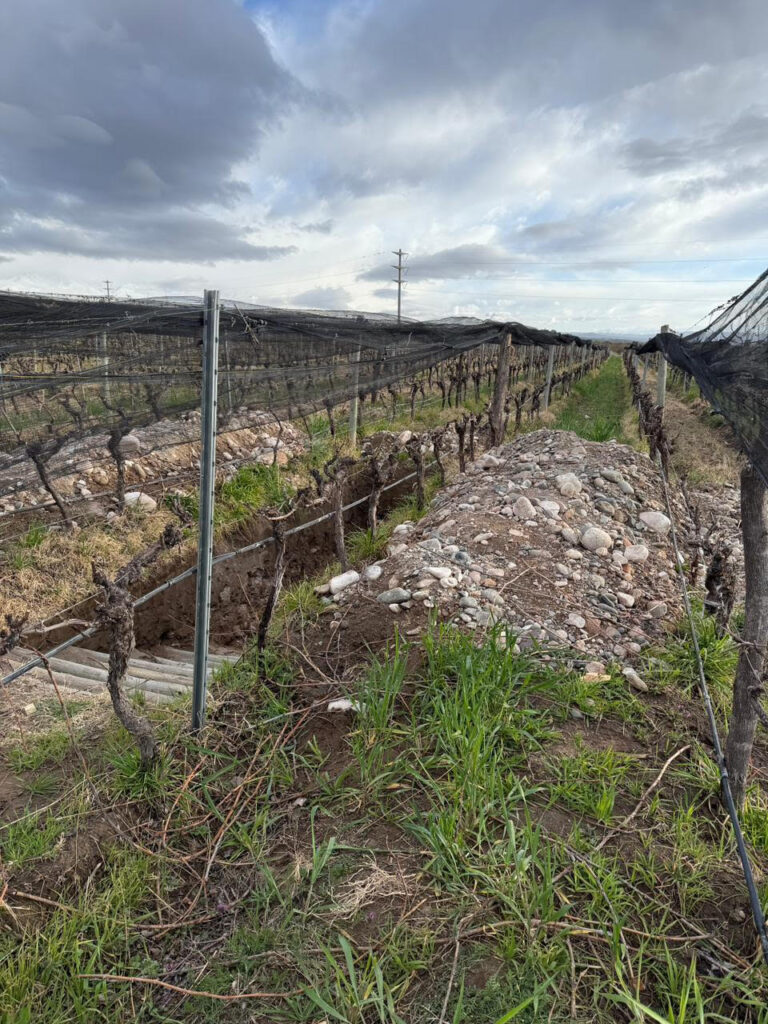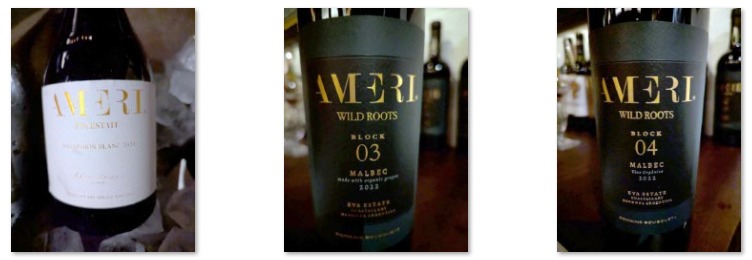In late September 2025, I attended a dinner event marking the UK launch of Domaine Bousquet’s new single block ‘Wild Roots’ wines, part of the winery’s Ameri range, its flagship tier. While the focus was on these new releases, the evening offered some fascinating insight into how the soil, and only the soil, within the concept of terroir can influence a wine’s character.
I’ve previously written about how Domaine Bousquet, a French-rooted producer, found its home in Argentina and became the country’s largest organic wine producer. More recently, I also had the chance to explore their range further at Davy’s trade tasting.


Although the dinner was ostensibly to showcase two Wild Roots Malbecs, we were treated to an additional eight wines. These included new 2023 vintages of two wines I’d reviewed before and I can confirm they remain true to their previous style. There was also a Bousquet Gran Organic Chardonnay 2024 and the Ameri Parcel 9 Organic Sauvignon Blanc 2023 (£29.50), the latter of which stood out to me. Made with 80% new oak, unexpectedly so, given how restrained the oak came across, it retained a striking freshness that gave it real poise.
Rodrigo Serrano, Chief Winemaker at Domaine Bousquet, led the steak-focused dinner and introduced the Wild Roots wines. These are single-block Malbecs from their high-altitude Eva Estate in Gualtallary, Uco Valley. The first releases, Wild Roots Block 3 and Block 4 are only produced in exceptional vintages.
The estate worked with geologist Guillermo Corona to map their vineyard in detail, digging over 100 soil pits to divide the land into micro-parcels. Block 4 is a calcareous and extremely stony plot, sitting at about 1,257 metres above sea level. Block 3, by contrast, is sandier, with far fewer roots and a noticeably shallower root system.



The concept behind the Wild Roots range is to isolate the effect of soil alone, keeping viticulture and winemaking as consistent as possible across blocks, all organic and biodynamic, with minimal intervention in the cellar.
The Ameri Wild Roots Block 4 Organic Malbec 2023 had vivid violet colour, showed floral lift and black fruit character, with a mineral thread, gentle tannins and a refined finish. Block 3, on the other hand, came across as a more classical Malbec, broader, fuller in dark fruit expression, less mineral and immediately recognisable in style.

Famous wine writer Margaret Rand was also present and offered a few reflections on the idea of terroir. She pointed out that even within a single terroir, a very wide range of styles is possible, depending largely on the winemaker. Over time, she added, fashion has played more of a role than terroir itself in shaping wine styles, although who or what sets those fashions remains a murky question. In the end, she concluded, it still comes down to the winemakers’ choices.
Still, the central aim of the Wild Roots project is to express the influence of soil alone. When I asked Rodrigo which elements of soil he believed mattered most, he pointed to the mineral content. To clarify, as explained in The Cynic’s Guide to Wine, rocks don’t literally flavour wine. Rather, soil minerals act like a sponge. They store nutrients and influence how water and nutrients are absorbed by the vine. This affects vine health and, ultimately, the taste and balance of the grapes. For example, limestone can make iron less available to the plant, while clay can boost potassium, softening acidity. So when people describe a wine as ‘mineral’, they’re usually referring to how soil has influenced vine nutrition and water regulation, not to any actual trace of stone in the glass.
Technicalities aside, these are serious Malbecs. Preferences at the dinner were evenly split between the two blocks, with more experienced ‘career’ tasters tending to favour Block 4, perhaps a sign of having grown tired of the standard Malbec profile and now looking for nuance and edge. At the Global Malbec Masters 2025, the Wild Roots range from this 2023 vintage picked up a Gold for Block 4 and a Silver for Block 3.
One intriguing detail was that Block 4 nearly didn’t make it to release. Initially, it came across as heavily oaked, so much so the team considered scrapping it. But they allowed time to work its magic and a year later the wine had evolved into its present form.
Domaine Bousquet wines are available through Vintage Roots, Great Wine Company and Enotria (on-trade). The Wild Roots Block wines are expected to be in the UK in early 2026, priced around £60 and aimed at wine-focused restaurants and independent merchants.













